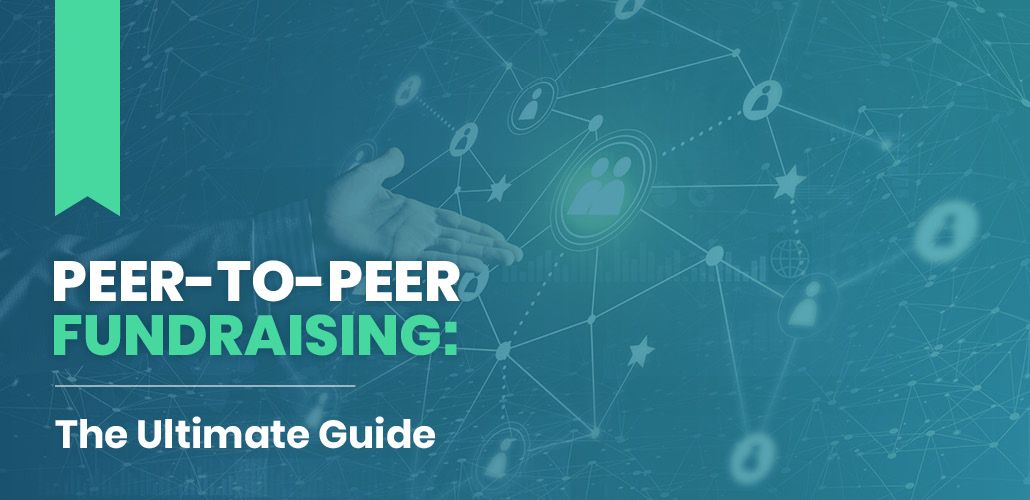The Duty of Community Interaction in Nonprofit Fundraising: Building Lasting Relationships for Lasting Support
Neighborhood engagement is increasingly acknowledged as a critical component of successful not-for-profit fundraising. The techniques and techniques employed to involve neighborhoods differ commonly, raising essential inquiries regarding efficiency and effect.
Understanding Community Engagement
Community interaction is an important part of successful not-for-profit fundraising initiatives. It describes the strategies and tasks that organizations employ to get in touch with their regional neighborhoods, cultivating relationships that are equally valuable. Understanding area engagement entails acknowledging its complex nature, that includes partnership, involvement, and outreach. Nonprofits have to determine essential stakeholders-- such as neighborhood participants, local companies, and various other companies-- to create efficient interaction techniques.
Effective neighborhood interaction is asserted on energetic listening and responsiveness to the demands and passions of the neighborhood. This procedure includes getting responses, comprehending area dynamics, and making sure that the organization's objective aligns with regional top priorities. Involving the area can take different types, consisting of public meetings, volunteer opportunities, and partnership initiatives, each developed to urge involvement and financial investment in the organization's goals.
In addition, neighborhood involvement ought to be come close to as a continuous discussion as opposed to an one-time effort. By promoting an inclusive setting where community voices are listened to and valued, nonprofits can construct a solid foundation for future fundraising ventures. Eventually, a deep understanding of community interaction empowers organizations to create authentic connections that boost their total effectiveness and sustainability.
Benefits of Strong Relationships
Solid connections created through community engagement return numerous benefits for not-for-profit fundraising efforts. First and leading, these connections foster count on and reputation, necessary parts in motivating benefactors to add. When potential supporters see a nonprofit proactively associated with their area, they are more probable to rely on its mission and impact.

Furthermore, these partnerships help with reliable communication. Nonprofits can leverage their links to share stories of influence, updates, and needs, making certain that supporters stay educated and involved. This open line of communication not just enhances bonds however also urges word-of-mouth promo, expanding the not-for-profit's reach.
Last but not least, strong neighborhood ties can bring in brand-new companions and enrollers. Organizations and individuals are extra inclined to line up with organizations that demonstrate purposeful community involvement, giving additional resources and assistance that can considerably improve fundraising capabilities. Therefore, growing durable partnerships with area engagement is important to a not-for-profit's long-term fundraising success.
Methods for Effective Engagement
How can nonprofits efficiently involve their areas to improve fundraising initiatives? Creating targeted methods is essential for fostering purposeful links. First, leveraging social Discover More Here media platforms allows organizations to share their goal dynamically and interactively, reaching a broader audience. Normal updates, involving material, and calls-to-action can galvanize neighborhood rate of interest and involvement.
Second, holding neighborhood events, such as workshops, volunteer opportunities, or fundraising drives, promotes face-to-face communication, permitting nonprofits to showcase their influence and initiatives. These occasions not only increase funds but additionally cultivate connections and allow area participants to engage directly with the reason.
Third, executing customized interaction strategies can boost involvement. Tailoring messages to details benefactor sectors based on rate of interests and past payments fosters a feeling of belonging and investment in the company's objective.
Last but not least, developing partnerships with regional organizations and neighborhood leaders can magnify outreach efforts. Joint efforts can boost visibility and trustworthiness, demonstrating a collective dedication to the neighborhood's health. By incorporating these approaches, nonprofits can develop long lasting partnerships that boost fundraising efforts and drive lasting support.
Measuring Interaction Success
While involving the area is vital for index successful nonprofit fundraising, measuring the performance of these involvement initiatives is equally crucial. Developing clear metrics permits organizations to examine exactly how well they are attaching with their target market and achieving their fundraising objectives. Trick performance indications (KPIs) such as donor retention rates, volunteer involvement degrees, and engagement on social media sites platforms offer concrete information for evaluation.

Consistently examining these metrics makes it possible for organizations to pivot their techniques when necessary, making certain that neighborhood engagement continues to be lined up with their overall goal. Additionally, sharing these outcomes with stakeholders cultivates openness and builds depend on, encouraging more community participation. Eventually, a durable measurement framework not just informs future fundraising campaigns but click this additionally strengthens the partnership between the not-for-profit and its advocates, preparing for lasting success.
Instance Studies in Neighborhood Influence
Various study show the extensive impact that community involvement can carry not-for-profit fundraising success. One notable example is the "Something to chew on" initiative, where a neighborhood food bank partnered with institutions and organizations to host neighborhood suppers. These occasions not only increased funds however additionally fostered a sense of belonging among individuals, considerably raising donor retention rates.
One more compelling situation is the "Environment-friendly Spaces Project," which involved regional citizens in the revitalization of urban parks. This campaign not just amassed financial backing from neighborhood companies however additionally grew a volunteer base that added to recurring maintenance and programming. The sense of ownership and pride amongst area participants converted right into continual payments.
In the world of arts, the "Art for All" project effectively involved regional artists and patrons to develop joint art installations, causing boosted visibility and donations for a neighborhood arts nonprofit.
These instances highlight that when nonprofits prioritize area involvement, they can create enduring partnerships that enhance fundraising efforts, making sure sustainable support and fostering a lively community culture. Such cases show that area engagement is not merely an approach but an important pillar of not-for-profit success.
Conclusion
In conclusion, community interaction is indispensable to the success of not-for-profit fundraising initiatives. Ultimately, a durable foundation of area support not just amplifies fundraising prospective yet additionally grows a culture of collaboration, essential for attaining long-term organizational objectives and maintaining meaningful impact. fundraising consultant.
Nonprofits should identify crucial stakeholders-- such as neighborhood members, neighborhood companies, and various other organizations-- to develop reliable involvement methods.

In conclusion, community interaction is integral to the success of not-for-profit fundraising initiatives.